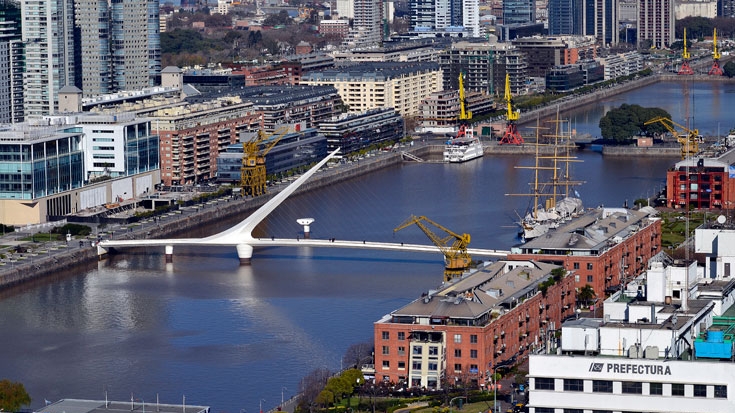Challenge
After Argentina recovered from the 2001-02 crisis, the country faced the challenge of establishing the foundation for sustainable and more equitable growth, which required difficult structural and governance reforms. Increasing public sector transparency and efficiency, and improving institutions at a national and subnational level was crucial.
The bulk of Argentine social services are provided by its 24 provincial Governments (including the City of Buenos Aires) and 2,150 local Governments which vary in fiscal and social performance, as well as size, populations and endowments.
Many Governments were ill-prepared to meet growing demands for improved services related to enhancing local development, economic competitiveness and safety nets to deal with poverty and unemployment. Also, many municipalities were entirely dependent on the provinces for their organization and taxing powers.
Approach
The Subnational Government Public Sector Modernization Project was designed to build off of past efforts at a subnational level (provincial and municipal development operations) which had indicated that provinces that modernized their administrations had more opportunities of fiscal autonomy, a greater cushion for economic downturns, and were better able to balance their accounts.
In response to the Ministry of the Interior’s call for institutional strengthening support, the provincial Governments applied for technical assistance. The provinces supported by the project demonstrated progress in their core sector areas and reforms were undertaken in judicial management, electronic Government, and public registries, among others.
Results
Significant progress towards improving subnational capabilities to effectively manage resources and increase the quality of Government administrative services has been demonstrated. The public sector management areas supported under this project are starting to contribute significantly to economic efficiency.
Streamlining processes, organizational modernization, and better data management have resulted in improved decision-making and resource planning.
The project has helped to support improvements such as:
- In Mendoza, IDs can be issued in one week (previously one year) following the modernization of the civil registry.
- In Formosa, tax collection increased 40% between September 2010 and 2012. Also, an interface between the territorial cadaster administration and Real State Property Register Systems was developed, and the fiscal valuation process for property has been reduced to 10 days.
- In Chubut, 40% of staff has been integrated into the electronic payroll system and personnel information system, and tax collection increased 25% between September 2010 and 2012.
- Santa Fe increased the service capacity of its Data Center by 300% and Salta by 80%, and costs have reduced significantly.
